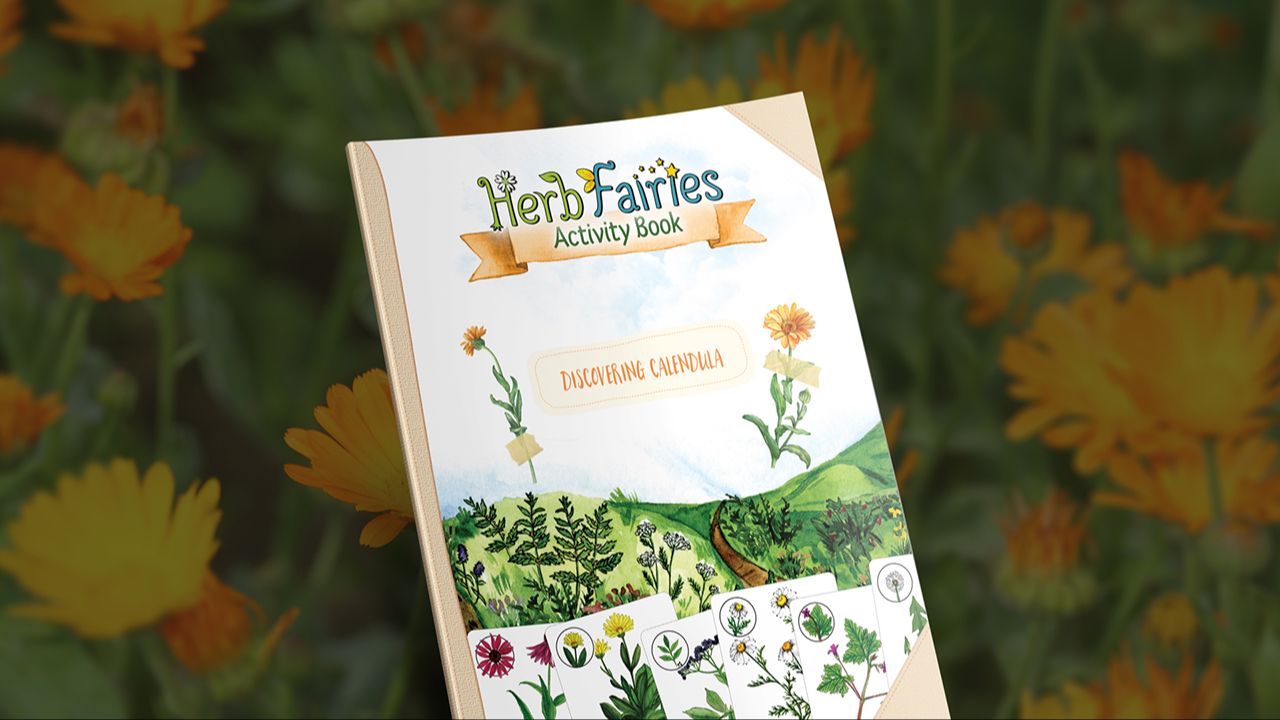
Urban Gardening at Home
Contrary to popular belief, just because you live in the city doesn't mean that you can't have a successful garden. Believe it or not, there are several options for city dwellers who desire a garden but don't have the needed outdoor space. All it takes is a little planning and creativity and you can become an urban gardener. While there are several options for city dwellers who desire a garden, I have listed three of the simplest options below.
Before you choose what type of garden you want to create, though, there are a few things you’ll need to take into consideration. Considering these elements will allow you to create the garden that best matches your needs and capacity. Let’s dive into them…

How to Create an Urban Garden
Building a garden can be easier than you think—especially when you plan ahead and follow this simple guide.
- You’ll Need a Plan: What is the purpose of your garden? Will you be wanting produce, culinary herbs, medicinal herbs, or maybe a combination? This will have some determining factor in the type of garden you ultimately decide on. If you have your heart set on fresh produce like homegrown tomatoes, then a windowsill garden probably won’t cut it for you. Take some time and really think through what you’re desiring from your garden and then prioritize.
- Start Small : Be realistic in your expectations and your plans. It is better to start small, see what works and what doesn’t and add on to your garden later. It can be extremely frustrating to spend a vast amount of time, money, and energy on a garden, just to find out that it’s too much to handle or for some of your crop to fail.
- Anticipate Problems : If at all possible, try to head off problems before they arise. This would include planning for situations like pests, determining the best place for your garden, and even neighborhood animals that might like to use your garden as a bed or litter box. Yes, this does happen. Trust me, I know from personal experience! If you can plan for even some of the problems that can potentially arise, you might be able to save yourself a lot of frustration and crop loss.
- Get Creative : Don’t be afraid to get creative! I’ve included a few ideas in this article, but there are many more options than what I’ve listed. Do what works for you and your garden. Don’t confine yourself to what someone else thinks they know about city gardens. The sky’s the limit!

Windowsill Gardens
Windowsill gardens are the simplest of gardens and require the least amount of space. They’re perfect for apartment or townhome dwellers since they don’t require a yard and require very few supplies. They simply require plants that can grow in smaller containers inside the house near a window. There are some wonderful ideas that include mounting pots or jars on walls near windows, or using beautiful plant stands. But a windowsill garden can even be as simple as placing the potted plants on the windowsill itself.
Herb gardens are a great option for windowsill gardens since many herbs grow well in containers. Some specific options include basil, Aloe vera, parsley, oregano, rosemary and mint. But your windowsill garden doesn’t have to be limited to just herbs. I have even seen pepper plants and citrus trees growing indoors! Just be sure that the plants will be getting enough sunlight.
Another option for windowsill gardening is growing microgreens or sprouts. It’s a simple process that includes sprouting different types of seeds (think sunflower, broccoli, leafy greens, etc.) and harvesting them after the first true leaves appear. This is usually when they’re just a few inches tall. When they’re ready, just give the sprouts a quick haircut, use the sprouts, and watch them regrow. The end result is a nutrient-packed sprout that is perfect for tossing in a salad, layering on a sandwich, or putting in a smoothie.

Ready to Garden?
If you're ready to dive into the magical world of gardening, check out Cultivating Wellness on HerbMentor. In this easy, step-by-step course, master herbalist Sue Kusch walks you through how to create a flourishing herb garden at home. You can check out Cultivating Wellness on HerbMentor for $1 here.

Edible Landscaping
However, maybe you do have a little bit of yard available for a backyard garden. A great idea for small yards is edible landscaping. This is one of my favorite ideas! Edible landscaping consists of growing plants in your yard that are good for food or medicine as well as being aesthetically pleasing to the eye. So instead of planting several hostas in front of your windows, consider planting calendula, chamomile, rosemary, or even echinacea. Where I live, echinacea is used as an ornamental and it is frequently seen planted in medians and in landscaped yards.
You can get really creative and utilize a lot of yard space by removing decorative plants (and even grass!) and putting in medicinal plants, native plants, and edible plants instead. Edible flowers such as violets, roses, hibiscus, pansies and many more are a great option as well. I have a neighbor that has turned their entire tiny side yard into a large raised bed. I’ve watched with envy as they’ve grown large amounts of nutritious food like tomatoes, zucchini, peppers, and more. And just recently I visited a home where tomato plants were planted all around the mailbox—a great hack for growing more fresh food with limited square footage.

Community Gardens
Another great option for city gardeners that is often overlooked is community gardening. A community garden is a designated section of green space, usually within city limits, that is divided up between multiple gardeners. Many cities have community gardens. Just do a quick internet search and you’ll most likely come up with several options. Some community gardens may even have the option of organic or conventional plots. Most require some sort of fee in the form of either a minimal payment or by donating a portion of your produce to a specified food bank.
Just like any garden, there are a few things to keep in mind with a community garden. First, it’s probably not the best idea to choose plants that are big and bulky. You’ll want to utilize the space you have and get the most out of your plot that you can. Next, make sure you’re aware of and following the community garden guidelines. Most community gardens will have strict policies regarding the type of plants you can grow, limiting or prohibiting invasive plants. And most importantly, make sure to have good garden etiquette! Be mindful of other people’s gardens, taking care not to step on or damage any plants. Keep your area nicely weeded and make sure to dispose of the weeds properly. Finally, if you’re interested in participating in a community garden, I suggest you keep an eye on when registration opens up because the spots fill up quickly!
Here are some frequently asked questions about urban gardening...

What is an example of urban farming?
Urban farming includes growing food and medicinal herbs in an urban setting. In addition to the types of urban gardening noted above, urban gardening could also include rooftop gardening, container gardening, balcony gardening, and more. A large rooftop garden could include raised plant beds to grow an abundance of healthy foods and herbs.
What should I keep in mind when gardening in an urban setting?
When setting up your garden, consider how many hours of sunlight your garden space gets. Also, think about how much physical activity you want to put into your garden—this can help you determine how much work you want to put into your garden. You can also consider growing food for a local food bank, increasing food access to fresh produce.

What basic gardening tips do you have for folks who aren't experienced gardeners?
When it comes to gardening, start simple and make sure your garden is tailored to your setting and your overall capacity for gardening.
What are the benefits of gardening?
There are many benefits of gardening. Gardening can give you a beautiful opportunity to connect with the plants and the seasons, and this can have a positive impact on your mental health.
What herbs should I grow?
Choosing what herbs to grow depends on what herbs you'd like to work with and what herbs grow well in your zone. Some herbs that grow easily (depending on the zone) include spearmint, peppermint, tulsi, lemon balm, and rosemary.










